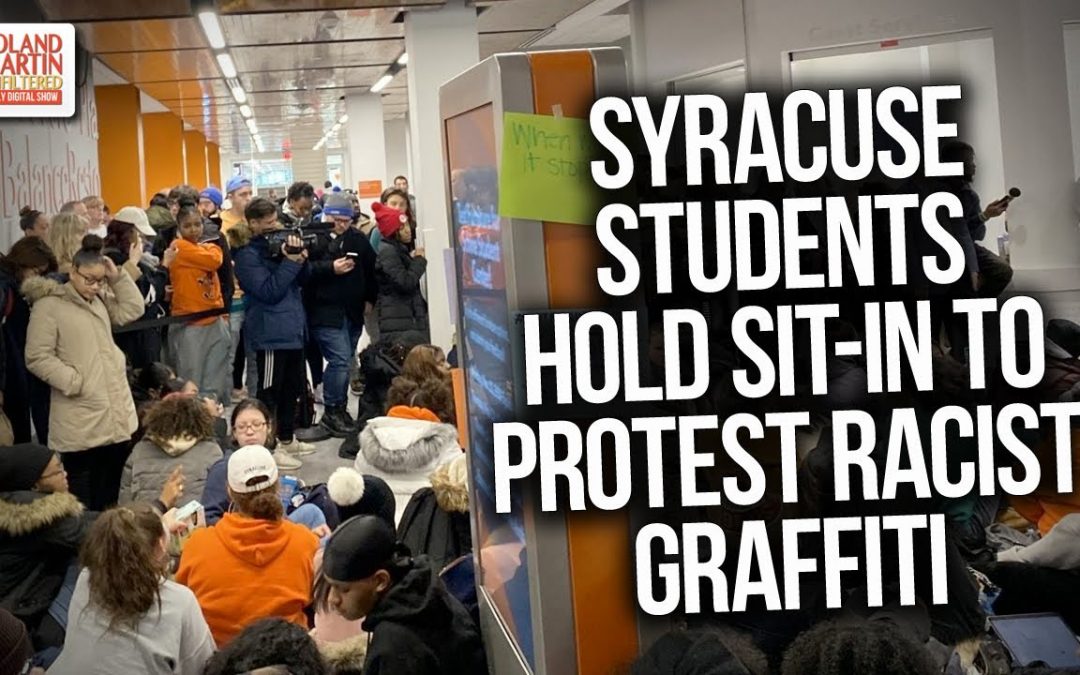Universities are havens where students regardless of their race, religion, gender, age, or worldview can learn and engage in critical thinking. In recent years, however, inclusion and diversity programs threaten this ideal. Radical fringe groups, progressive social justice organizations, and even LTBTQ activists make ridiculous demands designed to force universities to right past moral wrongs and enforce preferential quota systems for ethnic and racial demographic blocs within the student body and faculty. This awkward alliance between universities and social justice groups is based on the premise that these initiatives will create a friendlier, safer, and more inclusive campus climate for all to enjoy.
Studies have shown that inclusion and diversity programs have reduced admissions, increased tuition costs, and worsened relations between students, parents, and alumni and key university stakeholders (e.g. faculty and administrators). Moreover, typical inclusion initiatives limit discussions and interactions between teachers and students that prevents healthy debate and critical thinking, which is the primary role of the university. There are hundreds of universities currently experiencing this phenomenon. However, the protest in 2015/16 at the University of Missouri (MU) and at Syracuse University in 2019 bring to light the potential hazards of kowtowing to the demands of social justice warriors.
2015-16 University of Missouri Protests
From 2015 to 2016 MU witnessed student protests in response to a spike in racist and antisemitic incidents on their campus. Student protesters demanded (1) the university president resign, (2) a “Board of Color” should enforce a mandatory curriculum for students, faculty, and staff that focuses on racial awareness and inclusivity, (3) that Blacks should comprise ten percent of staff and faculty by the academic year of 2017-2018, and (4) the university increase funding to hire under-privileged minorities for the university’s Counseling Center and social justice centers.
In response to the protests the president of the university resigned, the percentage of black faculty rose from 3 percent in 2016 to 3.4 percent in 2018, freshmen since 2016 have been required to take a workshop on diversity and inclusion, “diversity intensive courses” were mandated starting in 2017 for all students with a major in the College of Arts and Science, and the university was awarded $1.65 million in recurring funds for diversity and inclusivity programs.
Ironically, a number of these initiatives negatively impacted the university and failed to change the campus climate. And in some cases, these measures crated a sense of alienation among current students and alumni. For example, in the years following the protests, both black and white MU enrollment dropped with the black enrollment rate falling by 42 percent compared to a 21 percent decline in white enrollment. This fact, when coupled with the significant drop in alumni donations, forced the university to cut more than 400 jobs. Moreover, the majority of both black and white students at MU continue to feel comfortable on campus. MU’s efforts to placate social justice protesters ended up increasing costs and alienating a substantial portion of the University’s base.
2019 Syracuse University Protests
While the MU episode provides a cautionary tale, the events at Syracuse University are a harbinger of what the future holds. Like MU, the protests at Syracuse University were motivated by a spike in racist and antisemitic incidents. However, unlike MU, Syracuse had already approved and begun implementing a series of major diversity initiatives in 2015. The results of these initiatives in 2018 included the creation of free group tutoring with the purpose of supporting students from marginalized backgrounds, a seminar for new students that raised the topics of diversity, inclusion, and belonging as well as the creation of development programs for staff and faculty on identity issues.
This did not stop protesters who called for 19 demands, one of which was the removal of the Syracuse chancellor, which is surprising given the fact that he approved the 2015 diversity initiatives. Some demands include that future dorm residents should be able to choose their roommates based on mutual interests and identities, obligatory diversity training for teachers and staff, at least $1 million to be provided for the creation of a pro-diversity curriculum, and the resignations of the chancellor and other high officials. While it remains unclear whether Syracuse University will suffer a similar backlash as the MU, what is clear is that any attempts to appease fringe social justice groups will ultimately fail and continue to alienate the student base.
Despite the mounting evidence that refute the claim that pro-diversity schemes reduce discontent among under-privileged minorities, Universities continue to pursue these initiatives for the sake of being politically correct. The lingering feelings of unease among the student body at MU and the sharp decline in enrollment rates, among both whites and blacks boldly displays the failure of these pro-inclusion policies. The events at Syracuse University show that even when such policies are already in place, they do not prevent racist incidents or spare them from protests condemning the administration for supposed failings and demanding further concessions.
On a broader spectrum, the financial costs incurred by the creation of these initiatives have added a fifth to a typical university’s tuition, which in turn has driven away under-privileged students. Moreover, the impact of these measures on the faculty is that they prefer to spend less time with students due to fear of potential controversy. The policy of appeasing fringe groups on campus has led to an atmosphere of frustration and alienation even among those for whom these fringe groups claim to represent, alienation among virtually all university stakeholders, and diverted attention from education to appeasement.
Mr. Ilan Hulkower is a Research Consultant at ENODO Global and currently working on his Master’s Degree from the Interdisciplinary Center Herzliya.
Dr. Aswin Subanthore is Vice-President (South Asia) and Director of Analysis at ENODO Global (aswin@enodoglobal.com)

